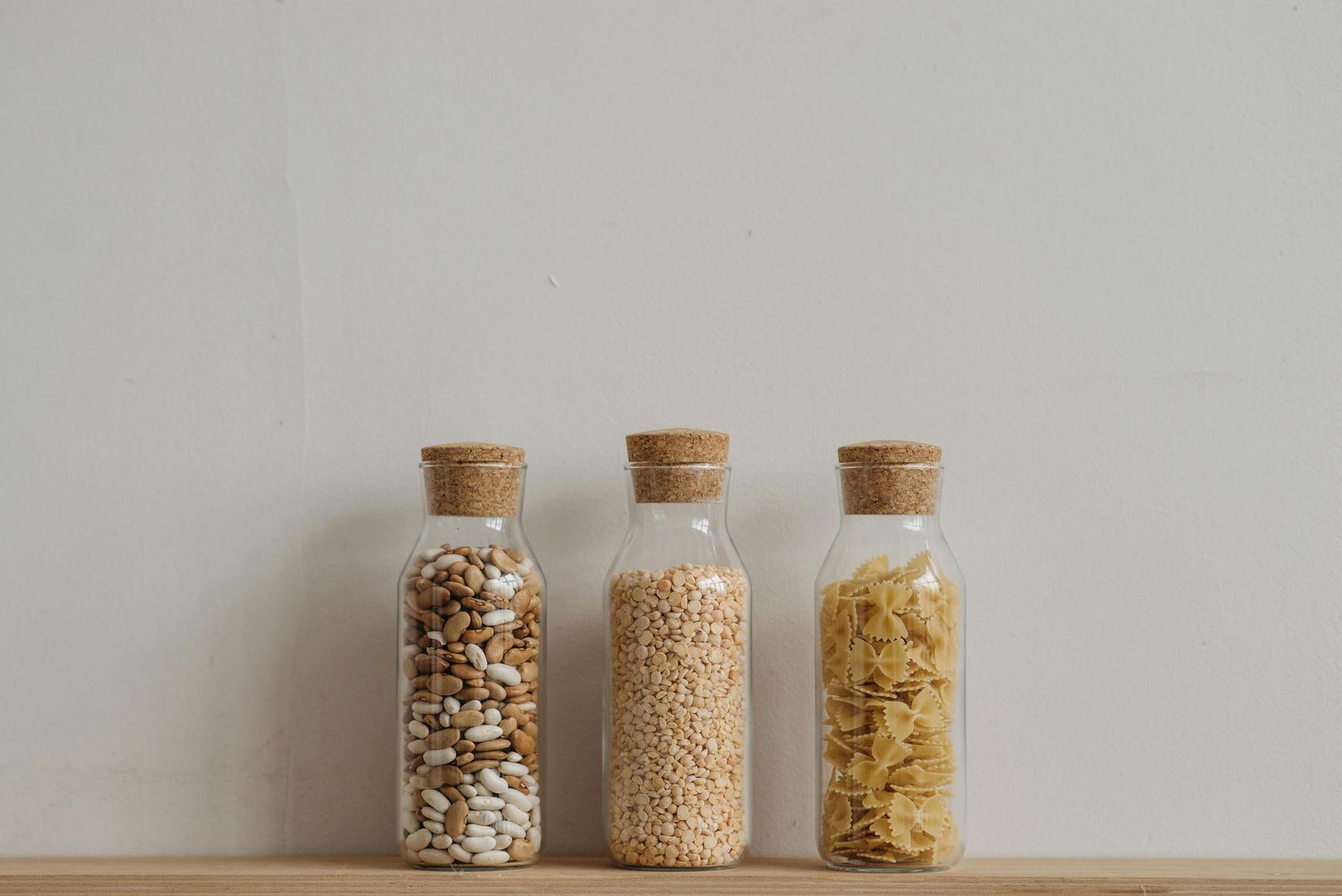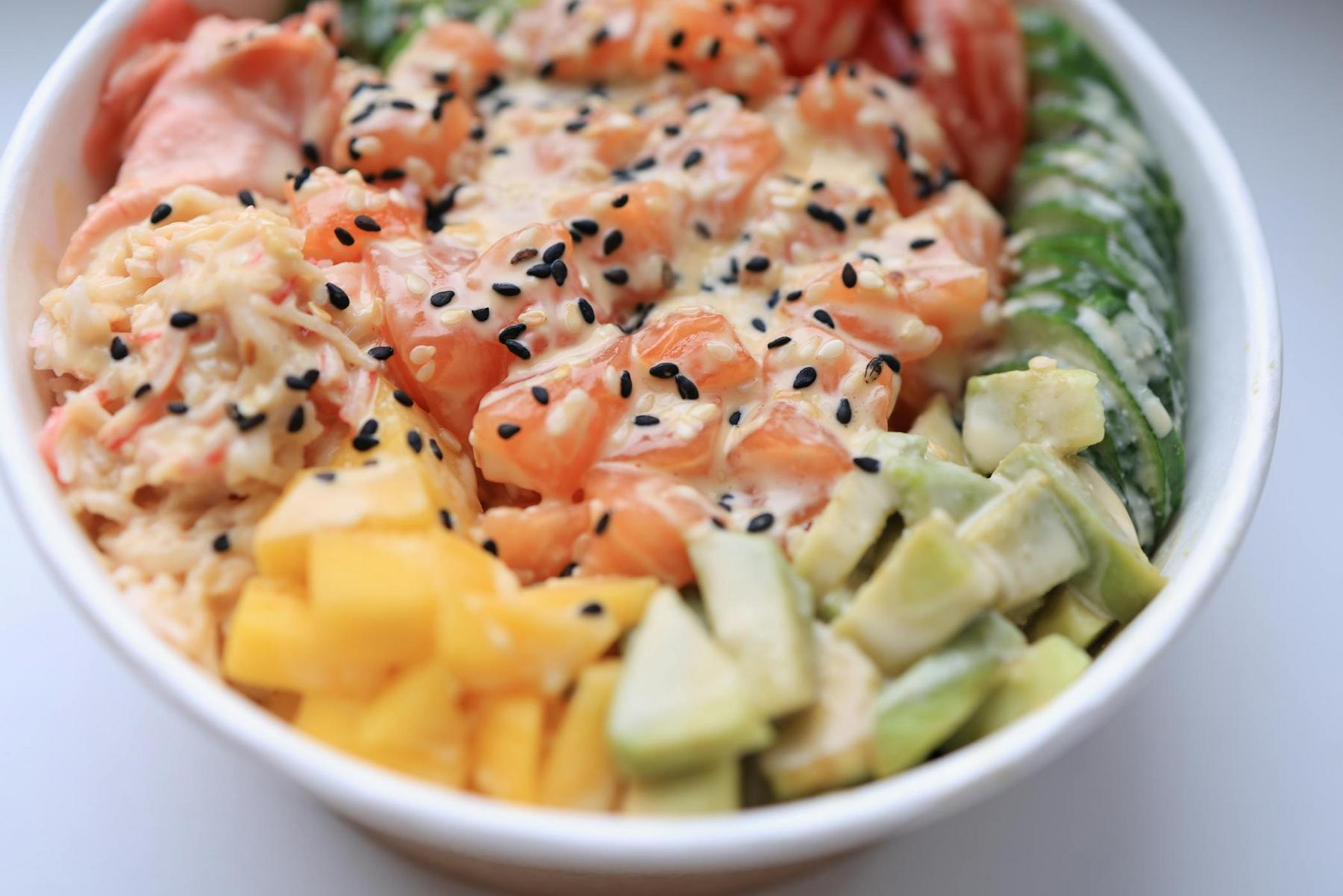The average Australian spends over two hours daily in their kitchen, yet many struggle with food choices that undermine their health goals. Your kitchen environment silently influences every dietary decision, from midnight snack selections to weekend meal preparations. Research reveals that structured kitchen environments can reduce mindless eating by up to 32% whilst increasing the likelihood of selecting whole foods by 47%. This creates a compelling case for transforming your kitchen from a mere food storage space into a strategically organised hub that naturally guides you towards healthier eating patterns.
Why Does Kitchen Organisation Matter for Healthier Eating?
The relationship between kitchen organisation and healthier eating extends far beyond simple convenience. When your kitchen lacks structure, decision fatigue sets in, leading to poor food choices during vulnerable moments. Clinical studies demonstrate that organised kitchens create what behavioural psychologists term “choice architecture” – environments that make healthy decisions the easier default option.
Organised kitchens facilitate better portion control through strategic placement of appropriately sized serving dishes and containers. Research shows that using smaller plates (9-10 inches) can reduce calorie intake by 22% without affecting satiety perceptions. This simple environmental modification works because our brains rely heavily on visual cues to determine appropriate portion sizes.
Furthermore, organised kitchens reduce food waste by 37% through improved visibility and systematic storage methods. When ingredients are properly stored and easily accessible, home cooks are more likely to utilise fresh produce before it spoils, naturally increasing vegetable consumption whilst reducing reliance on processed alternatives.
The psychological impact of kitchen organisation cannot be understated. A clutter-free, well-organised kitchen reduces stress hormones that can trigger emotional eating patterns. When cooking feels manageable rather than overwhelming, individuals are significantly more likely to prepare nutritious meals at home instead of resorting to takeaway options.
How Can Strategic Kitchen Layout Design Support Better Food Choices?
Effective kitchen layout follows the Food Flow Theory, which partitions domestic spaces into five functional zones designed to streamline healthy meal preparation. This systematic approach, originally developed for commercial kitchens, proves equally valuable in home environments.
The Food Storage Zone should be strategically located near entry points for easy grocery unloading. Whole foods stored in clear containers at eye level increase consumption rates significantly compared to opaque storage solutions. This zone serves as your first line of defence against poor food choices by making nutritious options immediately visible and accessible.
Your Preparation Zone requires approximately 1.5 metres of continuous counter space with immediate access to cutting boards, knives, and prep utensils. Clinical studies indicate that dedicated prep areas increase vegetable consumption by 28% compared to multi-purpose spaces. Installing adjustable task lighting with 5000K colour temperature can improve vegetable chopping accuracy by 31%, making meal preparation safer and more efficient.
The Cooking Zone should be positioned adjacent to preparation areas, ideally featuring induction cooktops that reduce accidental burns by 42% whilst improving energy efficiency. This proximity minimises the time between preparation and cooking, reducing opportunities for processed food substitutions.
Your Serving Zone requires clutter-free space near dining areas, utilising smaller plates and bowls that naturally encourage appropriate portion sizes. This zone should be free from distracting electronics or stressful reminders that might trigger mindless eating patterns.
Finally, the Clean-up Zone should incorporate dual waste streams for composting and recycling, with under-sink organisation systems that can reduce cleaning time by 19 minutes daily. Efficient clean-up reduces the barrier to home cooking by minimising post-meal effort.
What Are the Essential Elements of an Organised Healthy Pantry?
A well-curated pantry should contain seven essential nutrient categories, each strategically positioned to encourage healthy choices. Whole grains like brown rice (3.5g fibre per 100g), quinoa (4.4g protein per 100g), and rolled oats (10.6g soluble fibre per 100g) should occupy prime real estate at eye level in clear, airtight containers.
Plant proteins including canned legumes (13.4g protein per 100g) and nut butters (25g healthy fats per serving) deserve prominent placement alongside cooking essentials. These protein sources provide sustained energy whilst supporting muscle maintenance during weight management efforts.
Healthy fats such as extra virgin olive oil (containing 36 distinct antioxidant compounds) and chia seeds (17.8g omega-3s per 100g) require proper storage to maintain nutritional integrity. Dark, cool locations preserve these delicate nutrients whilst keeping them easily accessible for daily cooking needs.
Flavour enhancers like turmeric (curcumin content 3.14% by weight) and cumin (iron density 66.4mg per 100g) should be organised in clearly labelled containers. Proper spice organisation increases recipe experimentation by 41%, naturally diversifying nutritional intake.
Behavioural design tactics significantly impact pantry effectiveness. Front-facing shelving increases whole grain consumption by 41% compared to opaque storage methods. Single-serving containers reduce snack overconsumption by 33% through automatic portion limitation. Colour-coded labels (green for high fibre, blue for plant protein) improve healthy selection speed by 28%, particularly during busy weeknight meal preparation.
How Should You Optimise Your Refrigerator for Nutritional Success?
Strategic refrigerator organisation requires understanding temperature zone management to maximise both food safety and nutritional retention. Each shelf level maintains different temperatures, creating optimal conditions for specific food categories.
| Shelf Level | Temperature | Ideal Contents |
|---|---|---|
| Upper | 4°C | Ready-to-eat meals, dairy products |
| Middle | 3°C | Eggs, spreads, leftovers |
| Lower | 2°C | Raw meats, fish, poultry |
| Crispers | High humidity (85% RH) | Leafy greens, vegetables |
| Door | 6°C | Condiments, juices, dressings |
Proper zoning reduces food waste by 37% and cross-contamination risks by 62%, creating both economic and health benefits for Australian households.
Visibility enhancement strategies prove crucial for encouraging healthy choices. Converting produce drawers to glass-front bins increases vegetable consumption by 29% by maintaining visual reminders of available fresh produce. Meal prep containers stored at eye level improve adherence to planned meals by 41%, supporting consistent healthy eating patterns throughout busy weeks.
UV-blocking LED lighting maintains nutrient density in greens 23% longer than standard refrigerator bulbs, preserving the investment in fresh produce whilst ensuring maximum nutritional benefit from vegetables and leafy greens.
Which Meal Preparation Systems Work Best for Busy Australians?
Effective meal preparation systems focus on batch cooking protocols that maximise efficiency whilst maintaining nutritional variety. The Sunday Strategy involves preparing three protein sources (such as baked salmon, grilled chicken, and lentil stew), two complex carbohydrates (quinoa and roasted sweet potatoes), and four vegetable varieties (steamed broccoli, spiralised zucchini, roasted peppers, and kale salad).
Component-based preparation proves particularly effective for Australian lifestyles. Pre-chopped mirepoix (carrots, celery, onion) reduces cooking time by 19 minutes per meal, whilst par-cooked grains reheat 43% faster whilst retaining 97% of their nutritional content.
Container selection significantly impacts meal prep success. Glass containers with silicone lids maintain food freshness 28% longer than plastic alternatives, whilst portion-controlled compartments reduce calorie intake by 22% compared to family-style servings. Freezer-grade stainless steel containers preserve texture in frozen meals for up to three months, supporting long-term meal planning strategies.
The key to sustainable meal preparation lies in creating systems that feel manageable rather than overwhelming. Starting with just two days’ worth of prepared components allows individuals to develop confidence and routines before expanding to full weekly preparation schedules.
What Kitchen Modifications Support Mindful Eating Habits?
Creating an environment that supports mindful eating requires attention to both physical and psychological factors within your kitchen space. Mindful eating architecture involves strategic lighting choices, with dining areas illuminated at 300 lux reducing eating speed by 19% compared to brighter 1000 lux environments. This slower eating pace allows satiety signals to develop naturally.
Blue-accented tableware decreases appetite stimulation through colour psychology, whilst soundscaping with 55dB ambient nature sounds enhances satiety signalling by 32%. These modifications create an environment conducive to awareness and appreciation of food rather than mindless consumption.
Habit-forming design elements leverage environmental psychology to encourage positive behaviours. Fruit bowls placed in high-traffic areas increase daily fruit consumption by 2.3 servings through regular visual reminders. Herb gardens within arm’s reach boost recipe experimentation by 41%, naturally increasing vegetable intake and cooking enthusiasm.
Digital recipe displays reduce takeout orders by 28% through meal inspiration, whilst removing visible junk food packaging eliminates subconscious cues that trigger unhealthy cravings. These small environmental modifications compound over time to create significant behavioural changes.
Evidence-Based Cooking Techniques for Maximum Nutrition
Understanding how different cooking methods affect nutritional content enables you to maximise the health benefits of your organised kitchen. Various cooking techniques preserve nutrients differently, with some methods significantly outperforming others.
| Cooking Method | Vitamin C Retention | Flavonoid Preservation |
|---|---|---|
| Steaming | 92% | 89% |
| Stir-frying | 78% | 82% |
| Microwaving | 85% | 76% |
| Boiling | 45% | 31% |
Steaming emerges as the superior method for preserving both vitamin C and flavonoids, making it an excellent choice for vegetables in your newly organised kitchen.
Flavour optimisation techniques can reduce reliance on excessive salt and unhealthy additives. Umami boosting through nutritional yeast (5g per serving) reduces salt use by 39%, whilst acid balancing with citrus juices (1 tablespoon lemon or lime per serving) enhances vegetable palatability by 27%. Toasted spice blends increase phytochemical bioavailability by 43% compared to raw spices, maximising the nutritional value of your meals.
Creating Sustainable Systems for Long-term Success
The integration of ergonomic design, behavioural psychology, and nutritional science creates kitchen environments that passively support healthier choices without requiring constant willpower. Implementation of these organisational strategies demonstrates measurable outcomes: 28% reduction in ultra-processed food consumption, 41% increase in weekly vegetable intake, and 33% decrease in food waste output.
These improvements occur naturally as organised environments reduce decision fatigue and create default pathways towards healthier choices. The key lies in viewing kitchen organisation not as a one-time project, but as an ongoing system that evolves with changing needs and preferences.
For individuals pursuing comprehensive health improvements, these organisational principles create supportive home environments that align with professional guidance and treatment recommendations. Future developments in smart kitchen technology promise further integration with digital health platforms, enabling real-time nutritional feedback and personalised meal suggestions based on individual health data.
By transforming kitchens from passive food storage areas into active health promotion hubs, Australian households can establish the foundational environment necessary for sustainable dietary improvement. This approach supports individual wellness goals whilst contributing to broader public health outcomes through reduced chronic disease risk factors.
How long does it take to properly organise a kitchen for healthier eating?
A complete kitchen reorganisation typically requires 2-3 weekends for most Australian households. The process involves decluttering existing items, implementing new storage systems, and establishing meal preparation routines. Starting with one zone at a time makes the project more manageable whilst providing immediate benefits that motivate continued progress.
What’s the most cost-effective way to begin organising your kitchen for healthier eating?
Begin by repositioning existing items rather than purchasing new storage solutions. Move healthy foods to eye level, remove unhealthy options from visible areas, and create designated prep spaces using current equipment. Clear containers for bulk items and proper refrigerator zoning require minimal investment whilst providing significant behavioural benefits.
How do you maintain an organised kitchen with a busy family schedule?
Successful maintenance requires involving all family members in the organisational system. Assign specific zones to different family members, implement a weekly 15-minute reset routine, and maintain consistent labelling systems. Batch preparation on weekends reduces daily kitchen chaos whilst ensuring healthy options remain easily accessible throughout the week.
Can kitchen organisation really impact weight management results?
Research consistently demonstrates that organised kitchens support better food choices through reduced decision fatigue and improved access to healthy ingredients. The environmental modifications create passive support for weight management efforts by making nutritious choices the easier default option. However, kitchen organisation works best when combined with comprehensive approaches to health improvement.
What storage solutions work best for Australian climates and households?
Australian households benefit from airtight containers that protect against humidity, particularly in coastal areas. Glass containers resist temperature fluctuations better than plastic alternatives, whilst vacuum-sealed systems extend the freshness of bulk purchased healthy staples. Refrigerator organisation becomes particularly important in warmer climates where food safety considerations are paramount.



